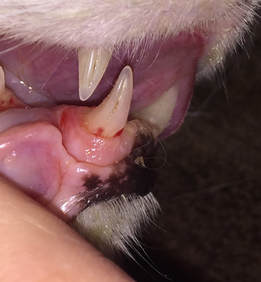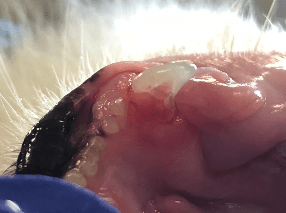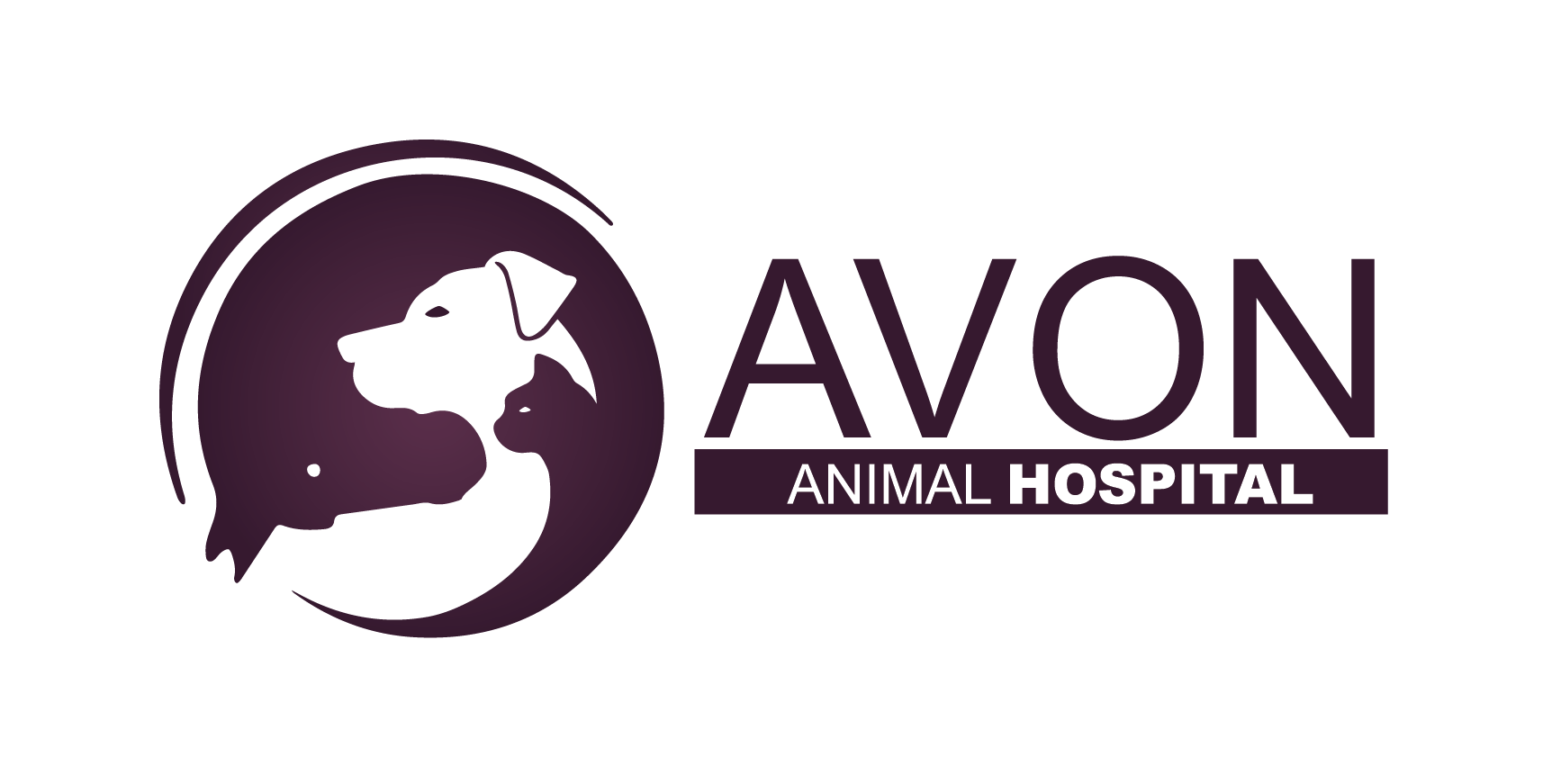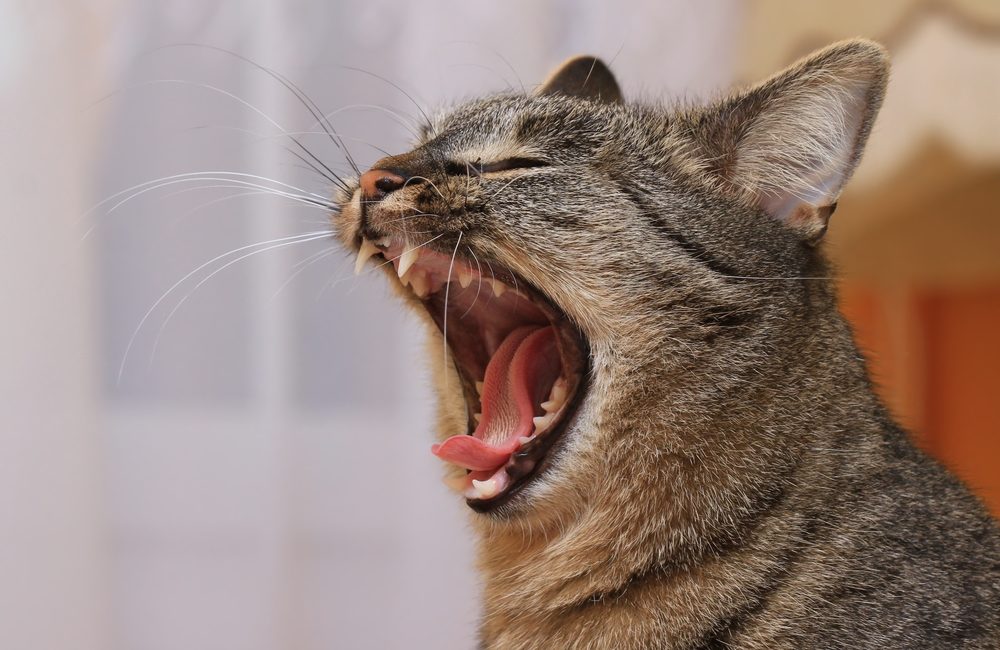 Your cat has been diagnosed with cervical line lesions. What does that mean?
Your cat has been diagnosed with cervical line lesions. What does that mean?
This diagnosis has only to do with his teeth. The neck of the tooth, also known as the cervical area, is the area between the crown (exposed tooth) and the root, right along the gum line. This was previously referred to as neck lesions or feline resorptive lesions. These lesions your veterinarian is seeing are where the enamel has been resorbed or has dissolved, exposing sensitive nerve tissue. They often appear as pink or slightly bloody points on the tooth at the gum line. Touching these lesions with a dental instrument causes an immediate pain reaction, often exhibited as “chattering” of the teeth, even under anesthesia. You may already have noticed that your cat drops food, drools, or has become withdrawn and is refusing to eat.
Interestingly, skeletal evidence of dental neck lesions did not appear prior to the 1920s. Although this roughly corresponded to the availability of commercially formulated kibble, it seems the kibble is not actually to blame. Feral cats, and cats fed raw and homemade diets also develop these lesions. Other proposals suggest there is a Vitamin D imbalance or that genetics are the cause. We, unfortunately, do not have clear answers yet, even though it is estimated that about 50% of cats are affected in at least one tooth. Even diligent prophylactic cleaning probably does not prevent the problem.
The only fix for dental neck lesions is the extraction of the affected tooth. This presents a gnarly issue for the dental surgeon, as the exposed tooth is weakened and fragile. While for the most part, the root is firmly attached, necessitating a long, slow, and careful separation of the root from the surrounding tissue.
Thankfully, cats do very well and are usually much improved, after the extractions. Even if multiple teeth have to be removed, cats continue to eat regular kibble just fine. A lot of cats never chew kibble even with healthy teeth!




